
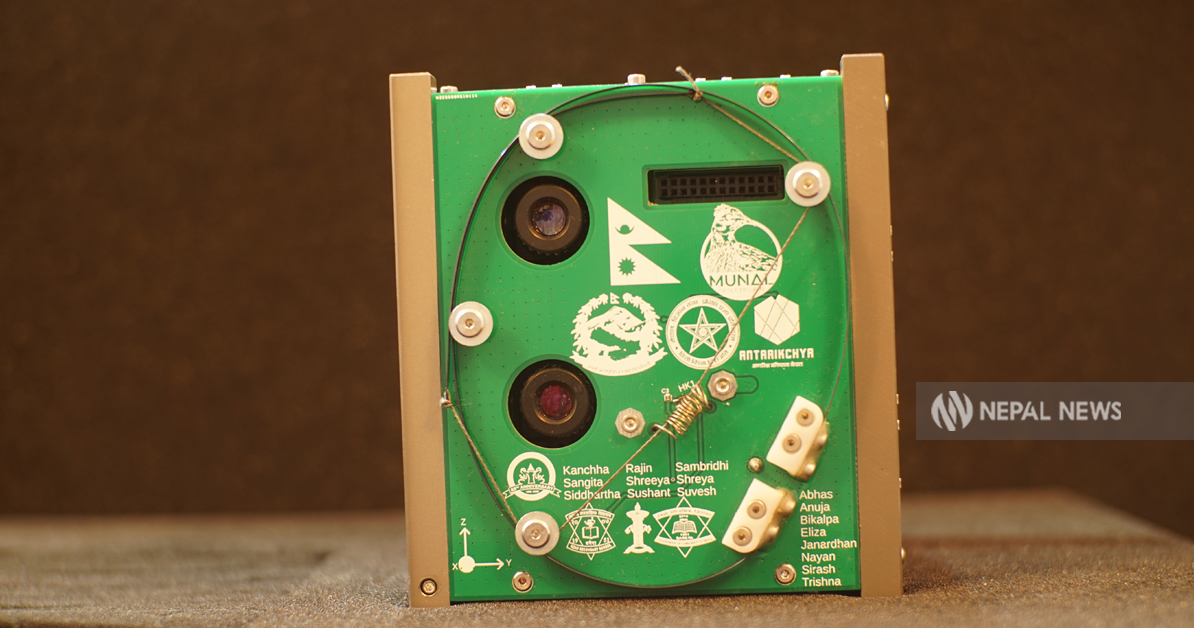
April 18, 2019. The then-Prime Minister KP Sharma Oli, during his second term, announced that Nepal had entered the space era. On that day, Nepal Sat-1 was launched into space from the United States.
This tiny satellite was not built inside Nepal; it was constructed with the help of Japan’s Kyutech (Kyushu Institute of Technology) by Nepali students Abhash Maskey and Hariram Shrestha.
They had gone to Japan on a scholarship under the ‘Birds-3’ program. The satellite’s length, width, and height were all 10 centimeters each. The entire cost of the launch was borne by the Government of Nepal.
January 13, 2022. From Elon Musk’s Falcon 9 rocket was launched into space. This satellite was even smaller than the nano-satellite made by Nepali engineers. The satellite was constructed by a group of students studying at a Nepali university and funds for its launch were collected from various sources.
Although both satellites were sent into space, neither was registered in Nepal. The first launched satellite, Nepal Sat-1, was registered in Japan, and the second, Pique Sat-1, in Spain. The Munal satellite, which is currently being prepared for launch, is registered in Nepal. However, the exact launch date is not yet confirmed.
The future of the Munal satellite is as uncertain as Nepali politics. It was developed by the Antarikchhya Pratishan Nepal (APN) in August 2023. Even after completing all testing phases, it has not yet been launched. The satellite was supposed to be launched into space last March. However, because India did not prepare the main satellite for launch, the future of Munal has been delayed.
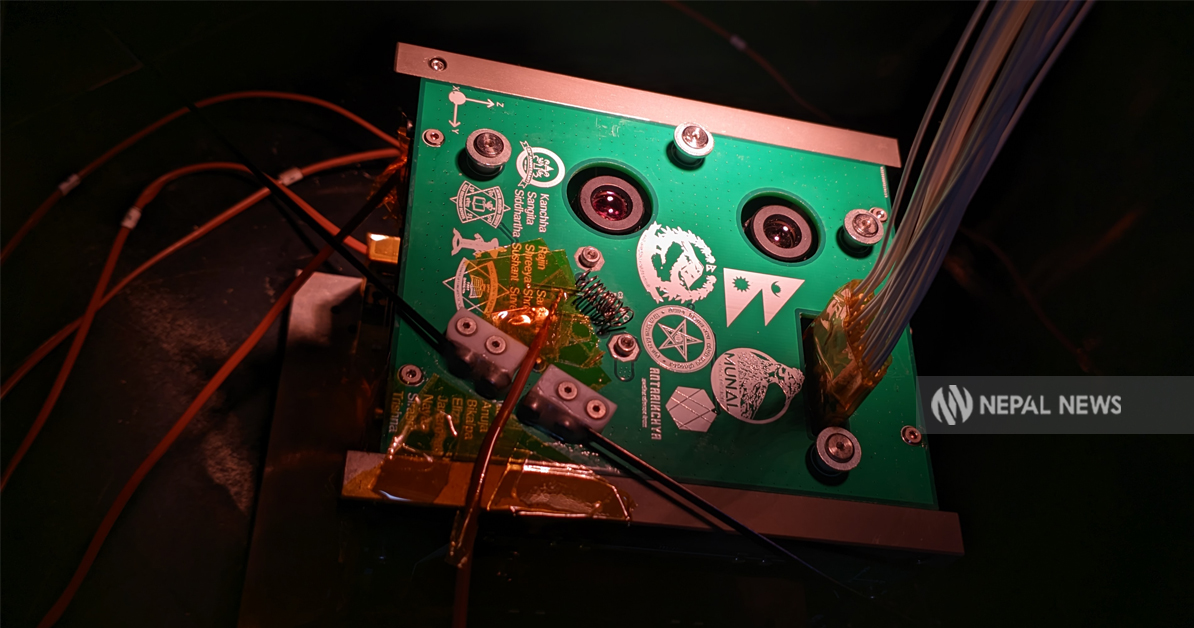
When Pushpa Kamal Dahal, chairman of the Communist Party of Nepal (Maoist Center), was Prime Minister, an agreement regarding the Munal satellite was made between Nepal and India in January 2024.
According to the agreement, the Government of India had promised to launch the Nepali satellite into space for free using its rocket.
The Indian Space Research Organization (ISRO) was preparing to launch Nepal’s Munal alongside a satellite made to study the oceans. But delays in India’s project postponed the launch of Nepal’s satellite.
Without India’s assistance, Nepal would have to spend around Rs 6 million to launch the Munal satellite. Previously, the Nepalese government had borne the launch cost of Nepal Sat-1, while the funds for Pique Sat-1 were raised through student-led crowdfunding.
Janardan Silwal, head of the Munal satellite project, says: “If we launch it ourselves, we will have to spend around Rs 6 million. We have been waiting since India agreed to carry it on their larger satellite.”
The ready satellite is currently stored in Lazimpat.
According to regulations, before sending a satellite into space, it must be registered with the United Nations Office for Outer Space Affairs (UNOOSA) and with the International Telecommunication Union (ITU) for radio frequency use. “We have registered it with the ITU through the Ministry of Communications. We are the first to do so from Nepal,” says Avash Maskey, founder of Antarikchya Pratishan Nepal (APN). “The next registration must be done with UNOOSA. There is no contact point for UNOOSA in Nepal.”
What is Munal?
Munal is a CubeSat (cubic satellite) prepared by Antarikchya Pratishan Nepal in collaboration with the Nepal Academy of Science and Technology (NAST) under a project for high school students. The total weight of Munal is one kilogram.
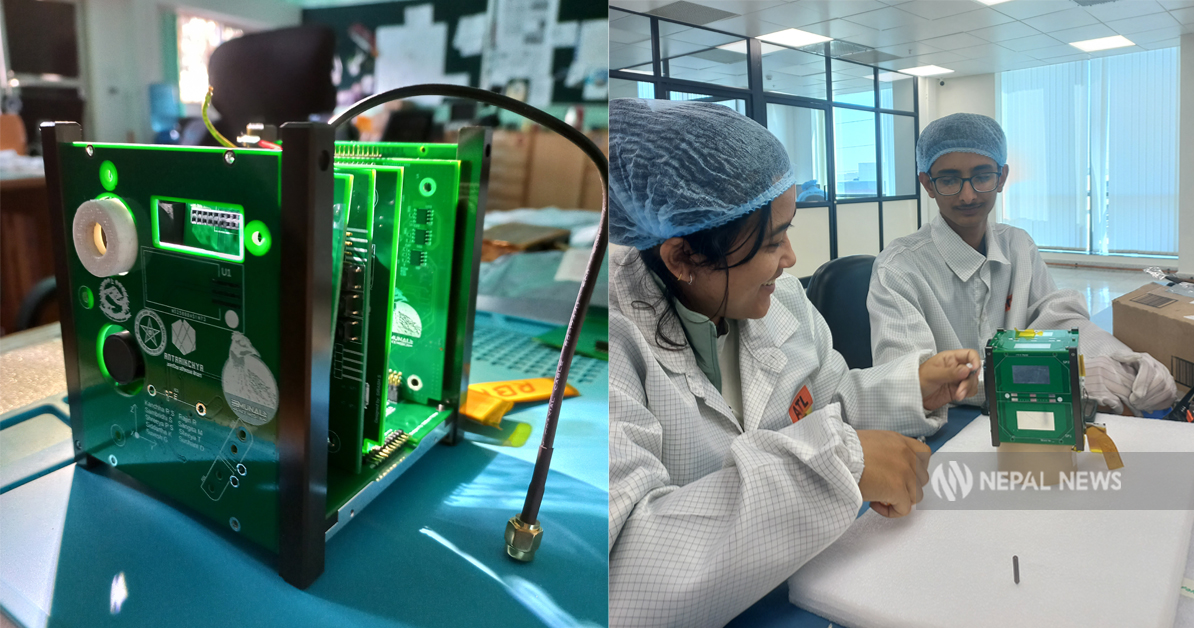
The satellite Nepal is sending is not commercial but intended for educational research and technology demonstration only. “The project started in 2022 and took three years. We completed the satellite construction in 1 year and 5 months,” Maskey says. “We designed this project to teach students studying in high school.”
The first satellite (Nepal Sat-1) was also built by Nepali students for learning purposes. “Even now, it is made for learning and teaching purposes,” Maske explains. “It includes features that could later be used commercially. This is a technology demonstration. We have built a technology, we are sending it into space, and we will test it. If it works, we aim to commercialize it.”
Antarikchya Pratishan Nepal has said that after Nepal Sat-1, if follow-up work is needed, knowledgeable engineers will be called in. “Launching it is not the end; it was also built to teach the new generation. We started this to educate students,” says Janardan Silwal. “We aim to teach high school students. It was brought in when they were in grade 11. By grade 12, they had completed it.”
The Institute selected students from Kathmandu residential schools to build the Munal satellite. Since distant students faced commuting difficulties, students near Dhulikhel were chosen.
What does Munal do in space?
Munal has two cameras and includes a Ground Sensor Terminal (GST) module. It receives data from sensors installed in remote areas of Nepal and stores it temporarily before transmitting it back to Earth.
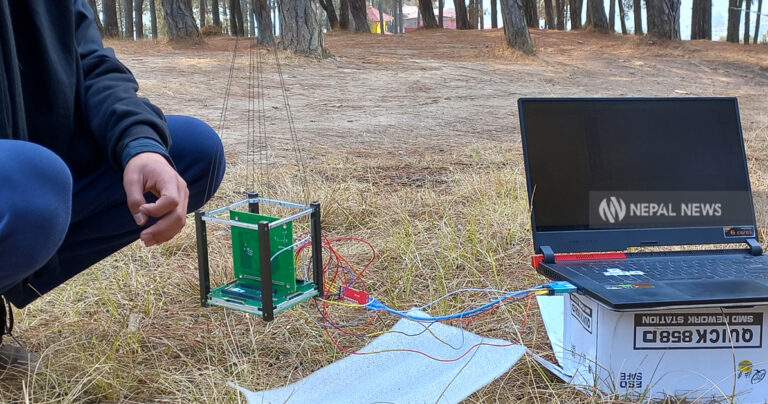
“The ground sensors send data from Earth to space; the satellite then relays it to the ground station. This creates a network for a remote data collection system,” Silwal explains. “It helps in building an early-warning system. The early-warning system alerts before something happens.”
The communication system used in Munal was developed entirely by Nepali students. “After 4–5 months of starting, we needed a communication board. A foreign company said it would take 8 months and be expensive. Since it was impossible, we used a radio system instead. It was ten times cheaper. This is a new communication system not yet used in space,” says Maskey.
Nepali scientists claim that the communication system developed for Munal can be sold after testing. The first satellite, Nepal Sat-1, had used a foreign communication system. The cameras in Munal are also based on a new system.
“The camera we are using has not been used in space. We are still improving it for future satellites,” Silwal adds. “It includes machine learning to distinguish good and bad photos. Only high-quality images will be downloaded. These photos cannot be used commercially yet.”
How long will it operate?
Nepal Sat-1 was designed for 7 months but worked in space for 2 years, 3 months, and 21 days, completing 13,456 orbits.
Munal is expected to operate for 6 months. “If placed at the same altitude as Nepal Sat-1, it would work for only 3–4 months. Since Munal is higher, it will operate for 6–7 months,” Silwal says. “Currently, solar pressure is increasing. Let’s see what happens.”
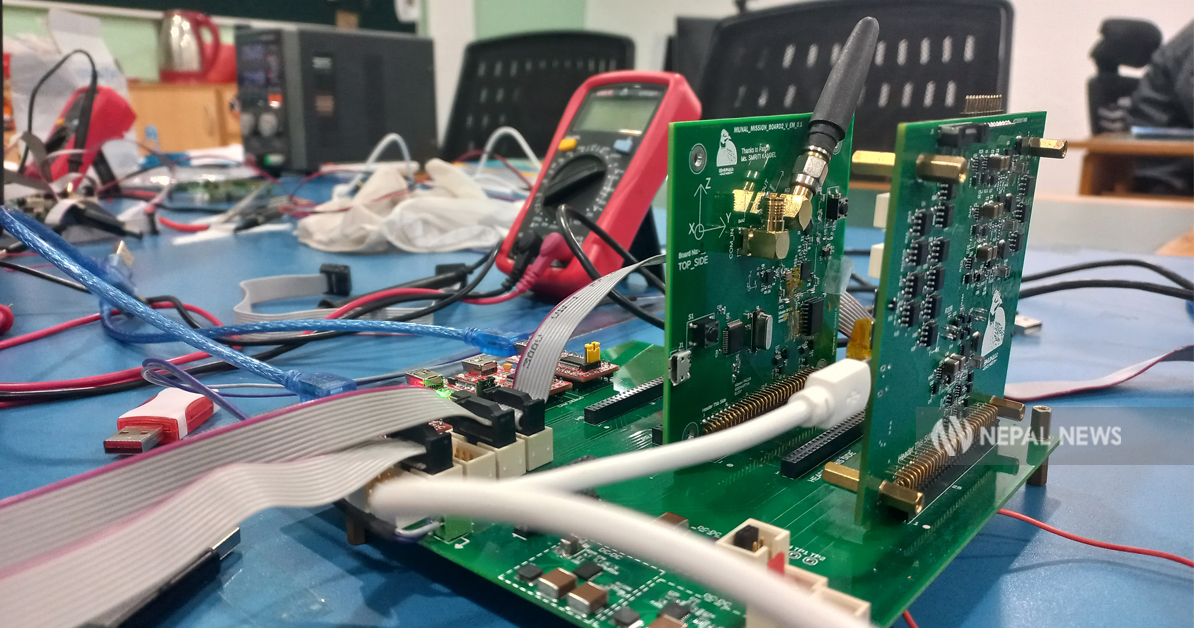
Solar pressure is the continuous force exerted on space objects by sunlight. Its cycle lasts 11 years and is expected to be strong in 2025. Solar pressure can push satellites and spacecraft off their positions and even affect the upper atmosphere.
Nepal Sat-1, launched six years ago, was 400 km from Earth. Munal will orbit between 500–600 km.
“If placed at 400 km like Nepal Sat-1, Munal would last only 2 months. At 500 km, it will last 6 months,” Silwal explains. “Nepal Sat-1 was intended for 6 months but lasted 27 months because solar pressure was minimal.”
Testing in Bangaluru
Munal has already been tested in Bangaluru, India. In March 2024, both environmental and vibration tests were completed. Its engineering model was tested in March 2023 and the flight model in August 2023.
“The satellite’s environmental testing was done three times in Bangalore. There are no problems with its design or construction. It won’t break in the space environment,” Silwal states.
Satellites are tested before launch to ensure they can withstand space conditions. Environmental tests simulate space on Earth. “There are two aspects: we first create a vacuum, then extreme cold and heat, from -40°C to +55°C,” Maske explains. “Munal is not sun-synchronized; it faces both hot and cold conditions.”
Vibration tests are also conducted. Rockets cause vibrations during launch; these tests ensure satellite parts are not damaged. Munal has passed all tests. However, political leadership has not fully understood the importance of this research, forcing Nepali scientists to rely on neighboring countries.